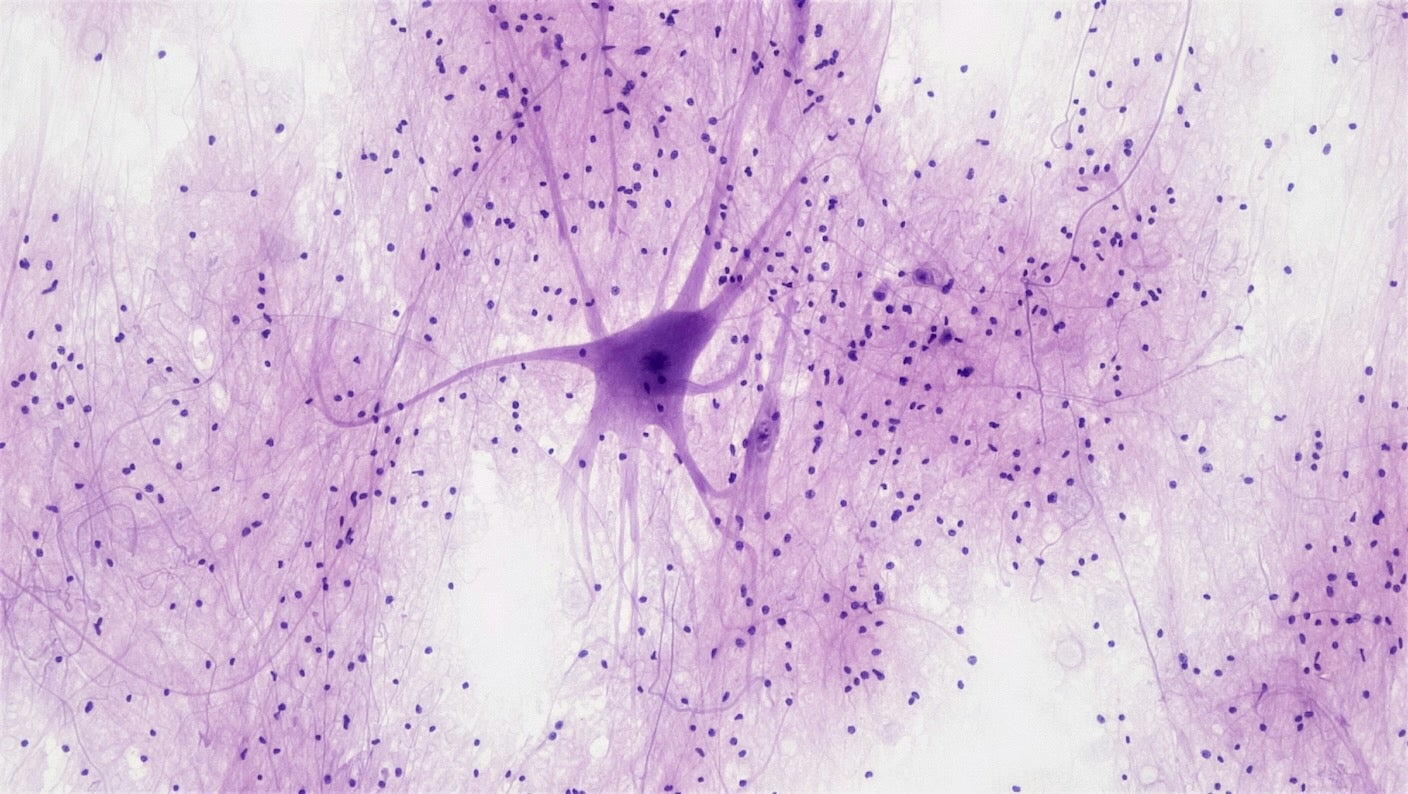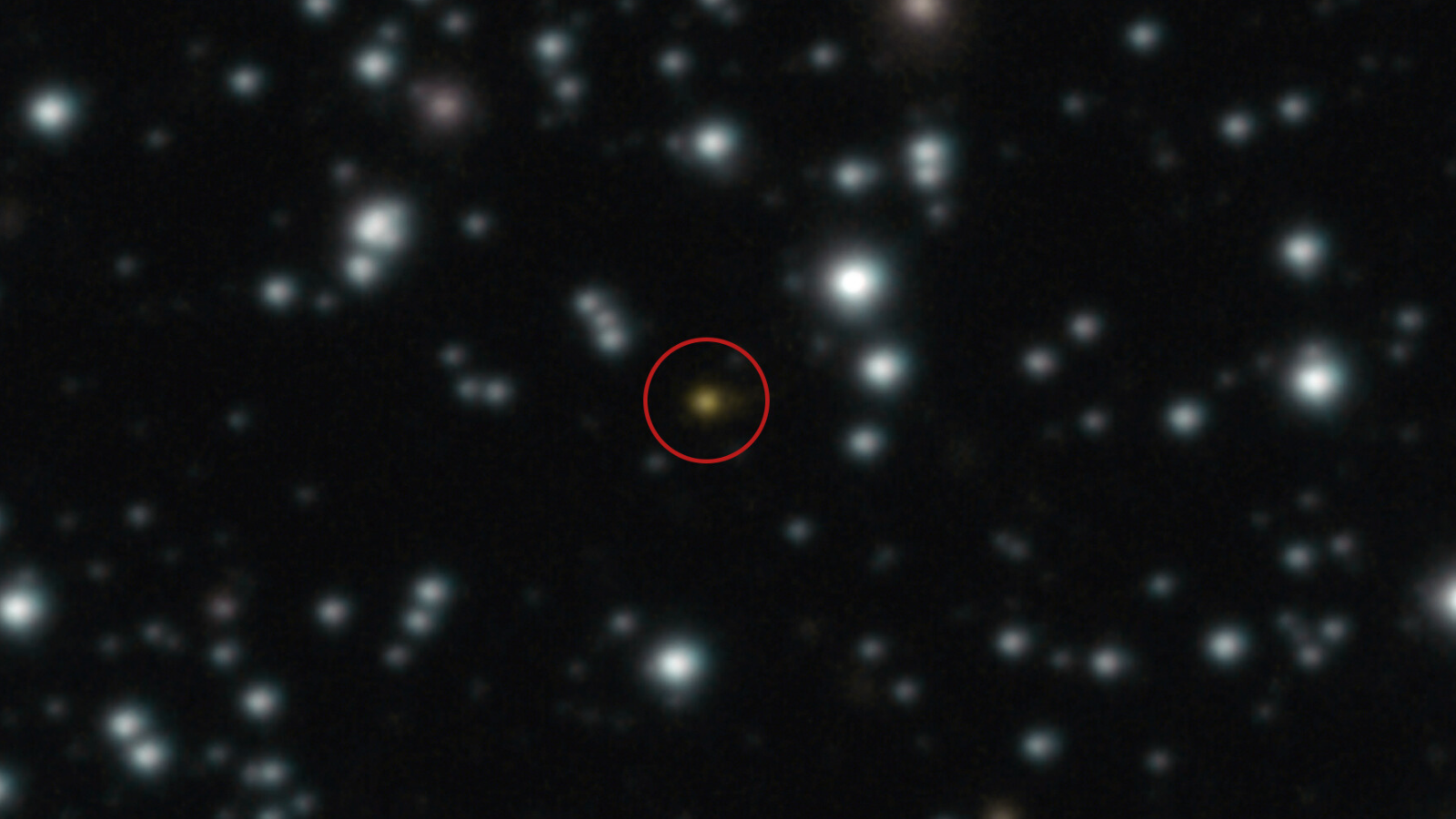Ctenophores Redefine the Origin of Animal Life: New Research Unveils Evolutionary Insights

Recent groundbreaking research published in the esteemed journal Nature has significantly transformed our understanding of the evolutionary history of animals. It discovered that ctenophores, commonly known as comb jellies, represent the earliest branch of the animal tree of life, emerging well before sponges. This revelation challenges long-standing assumptions regarding the origins of complex life on Earth and provides crucial insights into how essential animal traits may have evolved in different evolutionary lineages.
Rethinking the Roots of Animal Life
For many years, the scientific community has been embroiled in discussions regarding whether sponges or ctenophores were the first animals to appear in the evolutionary timeline. Traditionally, sponges, which are simple filter feeders devoid of both nerves and muscles, have been viewed as the most primitive form of animal life. On the other hand, ctenophores possess nerve cells, muscle-like tissues, and a distinctive mode of movement powered by rows of tiny hair-like structures called cilia. These characteristics mark them as surprisingly sophisticated organisms, especially considering they belong to such an ancient lineage.
The new study overturns previous assumptions by demonstrating that ctenophores branched off from the common ancestor of animals prior to the emergence of sponges, thereby reshaping our understanding of the foundational animal family tree. This significant shift in perspective not only affects our comprehension of the lineage but also the traits that define animal life.
Unlocking Evolution Through Genomic Signatures
A pivotal breakthrough in this research involved the sequencing of the genome of the ctenophore Hormiphora californensis. By analyzing its chromosomal synteny — the preserved order of genes within its chromosomes — and comparing it with those of sponges and a variety of other animals, researchers were able to identify distinct evolutionary branching patterns. This analysis revealed that ctenophores diverged before the chromosomal rearrangements that interconnect sponges with bilaterians and cnidarians.
This insight provides clarity to a long-standing enigma within evolutionary biology. Lead researcher Rokhsar commented on the complexity of prior studies, stating, “The results of sophisticated sequence-based studies were split. There hasn’t really been any convergence to a definitive answer.” By focusing on the chromosomal structures instead of merely gene sequences, this study offers a more comprehensive framework for understanding the early phases of animal evolution.
Implications for Understanding Animal Complexity
The ramifications of these findings extend deeply into how we perceive the emergence of vital animal characteristics, including nervous systems, musculature, and multicellularity. Should ctenophores indeed be the first animals to diverge, this indicates that such complex features might have emerged independently across different lineages, rather than through a simplistic evolutionary progression from simple to complex organisms.
Schultz, one of the researchers, emphasized the broader implications of their research: “This research gives us context for understanding what makes animals animals. This work will help us understand the basic functions we all share, like how they sense their surroundings, how they eat, and how they move.” This recognition of multiple origins for critical traits allows scientists to refine their models of animal evolution, helping them to better grasp the diversity and complexity of biological innovations across various species.
A New Framework for Evolutionary Biology
Ultimately, this study does more than just rewrite a branch of the evolutionary tree; it establishes a methodological breakthrough for investigating ancient evolutionary events. Schultz noted, “We developed a new way to take one of the deepest glimpses possible into the origins of animal life. This finding will lay the foundation for the scientific community to begin to develop a better understanding of how animals have evolved.”
The genomic methodology employed in this research underscores the power of modern technology in solving ancient mysteries, effectively transcending the limitations posed by the fossil record. As researchers endeavor to decode genetic signatures across various species, the evolutionary narrative of life on Earth is expected to become clearer, offering fresh insights into how the intricate web of animal life has emerged from such humble beginnings.





























